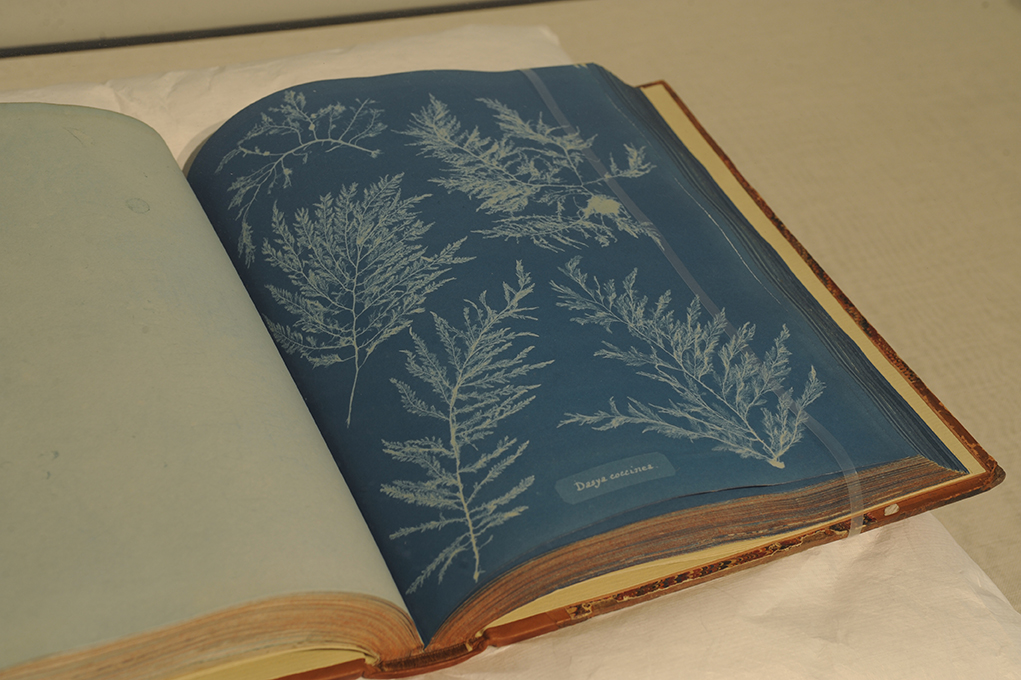Book artists create works that involve, educate, and inspire action. Book art takes many forms.
The following is an excerpt from the latest La Trobe Journal ‘Creating and Collecting: Artists’ Books in Australia’, written by guest editors Des Cowley, Robert Heather, and Anna Welch.
While there is no agreed definition of what an artist book is, it is generally defined as a book made by an artist and intended as a work of art. Within this broad definition, artists have embraced a variety of practices, from traditional print techniques – woodcut, etching, and lithography – to offset, photocopy, or digital production. An artist book, whether unique or multiple, may assume the form of a codex, an altered book, a sculpture, or something else entirely. This diversity of form – which often poses the question ‘what is a book?’ – has made the field an exciting one for artists and researchers alike.
Author and book artist Johanna Drucker categorizes artists’ books as ‘the quintessential 20th-century art form’. Its immediate precursors were the private press books produced in the late 19th century by the Kelmscott Press, the Eragny Press, the Doves Press, and others; the livre d’artiste productions engineered by entrepreneurial publishers such as Ambroise Vollard, Daniel-Henry Kahnweiler and Albert Skira; and the typographic and experimental publications associated with avant-garde movements such as Dada, Futurism, Surrealism, and Constructivism.
